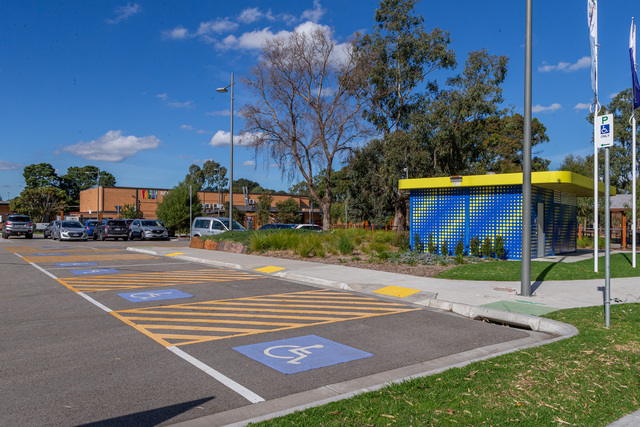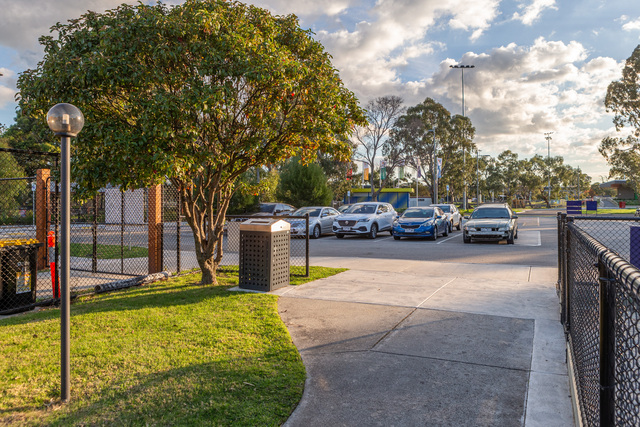
by Sahar Foladi
Greater Dandenong Council is said to be facing a bill possibly worth millions to fix sub-standard disability access at its community and sports buildings.
A motion to better support the wheelchair and disability community in City of Greater Dandenong was passed at a council meeting on Monday 22 April.
Councillor Rhonda Garad successfully moved for a comprehensive audit and action plan to solve what seems like a widespread disabled-toilet accessibility issue.
“When we don’t provide adequate facilities for people with disability we impact the quality of their lives in many ways.
“They can no longer be independent, they cannot participate in public events or outings and this can have a very big impact on their mental health.
“As a parent with a child with disability, I know how incredibly difficult it is when we go out and there’s not an adequate facility it creates enormous tension and anxiety.”
As part of the motion, Council formally acknowledged the deficiencies and recognised its impact on the dignity, independence and participation of individuals impacted.
The motion was widely supported and welcomed by councillors.
It was said to have been due to the persistence of the long term serving councillor and several time mayor of City of Greater Dandenong Roz Blades, also a Living Treasurer.
“It’s an acknowledgement that people in wheelchair and disabled people have the rights to the same facilities as the rest of us,” Ms Blades said.
“When you go somewhere you’d expect there to be a toilet for them to use and there isn’t one there.”
As president of the Noble Park Community Centre (NPCC), Ms Blades contacted the council about the lack of a disability toilet facility at NPCC’s building 2, only to find out it’s a bigger issue.
“We thought we had a disabled toilet facility at the Noble Park Community Centre building 2 until last August.
“From that point onwards we initiated conversations with the council to see what we can do about that.
“I’m finding out that there are other buildings without disabled toilets. There needs to be some money in the budget to provide it because it’s a human right for disabled people.”
The nearest public disabled toilet is outside the NPCC building but is very inconvenient to access during night and rainy weather. About 1000 people use the NPCC, including a “vibrant and multicultural group mostly in wheelchairs.”
The audit on all council public facilities will inform the development of an action plan to address the deficiencies, include indicative costs, estimated timelines for implementation and potential funding resources.
Councillor Jim Memeti sees the urgent need to ease accessibility issues in the community but he’s also concerned how council will source the funds.
“The majority of council buildings have aged so we try to upgrade the public facility so they’re disability friendly at redevelopment stage.
“Unfortunately, there are a lot of old buildings that would not meet the standard requirements and I think four out of five of our buildings would come back as a fail after the audit report,” Cr Memeti said.
“From council’s point of view, we want to upgrade all the toilets straight away but it’ll come down to where the funds will come from?”
The NPCC, on the list for an urgent upgrade, has received a budget allocation of $50,000 for only a detailed design for a disabled toilet. While Ms Blades welcomes the funding, an interim solution to an accessible toilet is still needed in the meantime.
A stopgap measure suggested by Ms Blades is being looked at by council officers as one of the interim measures but it’s unclear how many facilities may need and benefit from this measure.
A council spokesperson said a “comprehensive audit” was last undertaken in 2020.
“In 2020, Council endorsed its Public Toilets Strategy (2020-2023). Most of the facilities were found to be compliant with the Disability Discrimination Act, but there were nonetheless other proposed actions that could improve their amenity.
“A number of the recommendations have been actioned.
“Council will now consider actions from that audit and whether some facilities need to be upgraded.
“It’s important to note that renewal of toilets within buildings is driven by a range of factors such as the standard of facilities, building conditions, functionality and utilisation rates.”







